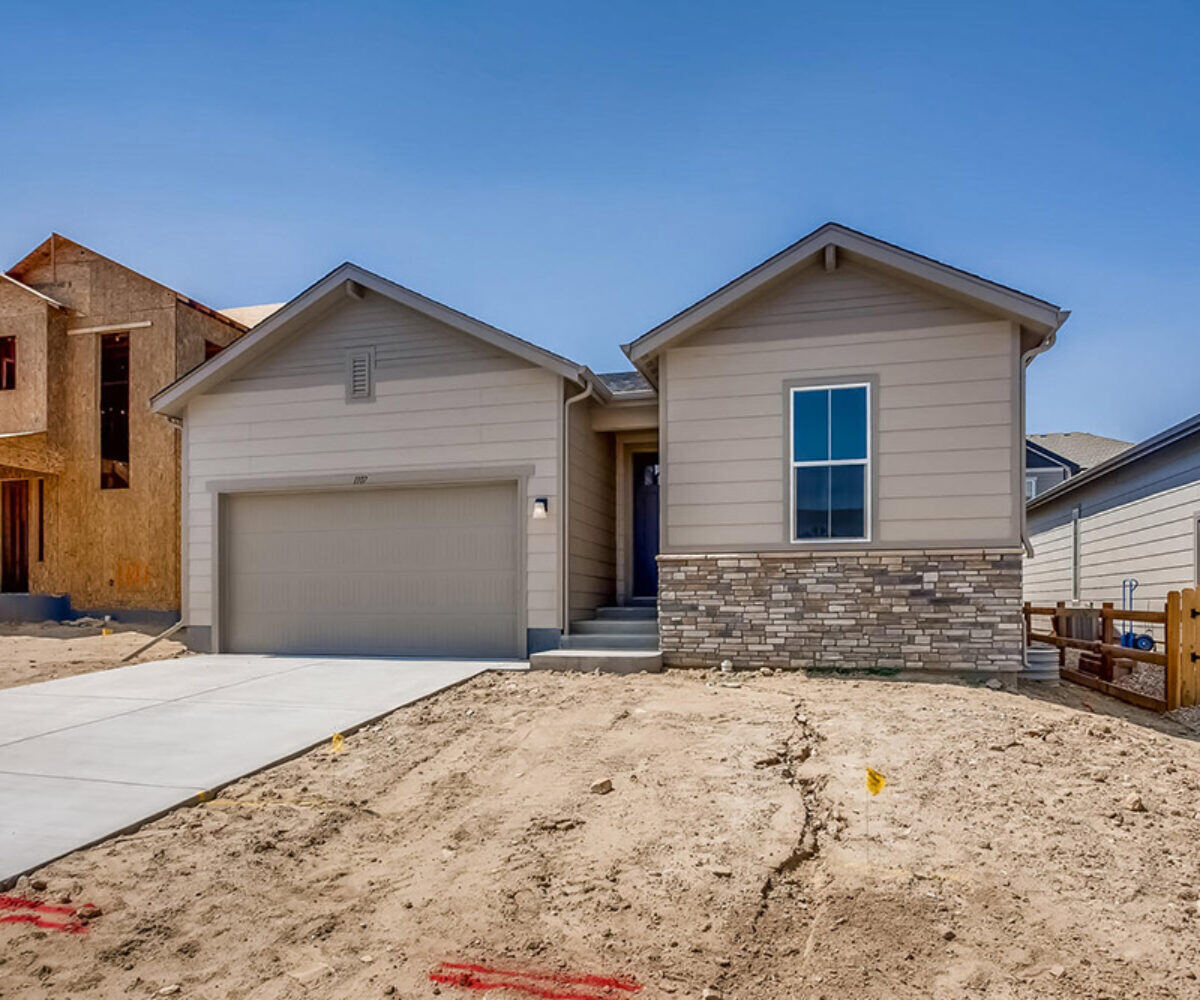In the Market for a New House? Here's a Buyer Checklist

You’ve traipsed through countless homes with your realtor and they’re all starting to look alike. Did the one you really liked have the fun play-set in the back yard, or was that the home with the funky green tile in the entryway? Can you live with funky green tile if the home is located in a great school district? Evaluating a house for purchase can be simultaneously exciting, challenging, and overwhelming. Often it’s difficult to look past the home’s current decor and furnishings–whether they be overwhelmingly positive or negative–to form an objective opinion. Take a few deep breaths and review these basics to help you focus on the features that matter most when considering whether or not a particular home is right for you.
1. Consider the Location and Neighborhood.
- Schools
A strong school district tops the list when you have, or anticipate having, children. Even if you don’t have a family, a well-ranked school system is a sign of a thriving area and will likely continue to be a selling point down the road.
- Proximity to amenities
How close are the grocery stores, banks, medical services, veterinarians, and other necessities? Are these close enough to be convenient, but not so close as to be in your back-yard? Is public transportation close by and easily accessible? What about parks, swimming pools, museums, and the like?
- Condition of neighbors’ homes and yards
The neighbors’ homes can be an indication of the overall standard of neighborhood upkeep. Also, consider that if you are able to see into neighboring homes, the occupants of those homes will likely be able to see into yours.
- Meet the neighbors
Don’t overlook neighbors as a great resource for insights into the neighborhood and larger community. Who better to ask for recommendations for local businesses and services than someone who is already established in the area?
2. Examine the Exterior
When looking at a resale home, don’t get so caught up in the color of the carpet and the condition of the kitchen appliances that you neglect to give the exterior a thorough examination. Structural elements, for example a roof in poor condition, can result in considerable expense and hassle down the road if not addressed with the seller prior to closing. Other aspects of the exterior, such as the home’s orientation on the lot, impact everything from the available amount of natural light to heating and cooling expenses, to the degree of snow accumulation in the driveway. Consider all of these factors that add to the quality of life you can expect in the home:
- Condition of the roof
- Home’s orientation
- Driveway and walkway condition
- Proximity of neighboring homes
- Size and condition of the garage
- Views
- Walkability
- Condition of the fence
- Landscaping
3. Assess Space and Storage
Imagine your current belongings in the new space. You may find it helpful to take measurements of the existing spaces in your current home and compare them to the rooms in the home under consideration for purchase.
- Are there enough bedrooms and are they of adequate size?
- How does the kitchen storage and cabinet space compare to what you currently have? Is the counter space workable? Is there a pantry?
- Where would you store linens, cleaning supplies, and the like where they would be out of the way, but still accessible?
4. Take a Look at the Electrical Outlets
Older homes commonly have only one or two outlets per room, and the ones that exist may not be conveniently located. Consider the need for and expense of hiring an electrician to add additional outlets, or possibly an additional electrical subpanel, as many older homes are simply not equipped to handle the number of electronic devices we now consider an essential part of everyday life.
5. Assess the HVAC System & Plumbing.
- Age of the HVAC system.
An HVAC system that is 10-15 years old or more may need to be replaced soon.
- Condition of the HVAC system. Are there maintenance records?
Evaluate the condition of the equipment. Regularity of maintenance impacts its efficiency and lifespan.
- Energy efficiency
Is it a high-efficiency, Energy Star-rated system? What are the typical utility costs?
- Is there air conditioning?
If not, will you be adding air conditioning, or are there other cooling options, such as an evaporative cooler?
- Pay attention to weird smells and look for mold.
These can indicate a broken or poorly-maintained system that will need service or replacement.
6. Track the Cost of Needed Changes and Upgrades.
How much are you prepared to invest in repairs, remodeling, and upgrades to make the home one that meets your needs and expresses your style?
Make a detailed list of items you will want to replace or fix including:
- Kitchen
- Bathroom(s)
- Flooring
- Paint
- Window Treatments
- Basement Finishing
7. Know the HOA Fees
Understand the commitments required by the HOA, including fees, covenants, and other restrictions. Learn which benefits are included with your particular HOA membership; is there a pool or clubhouse? Are trash or internet services included as part of the monthly or annual dues? All HOAs differ, so it pays to be informed.
/Sheffield_Logo_Horizontal_Reversed.png)


